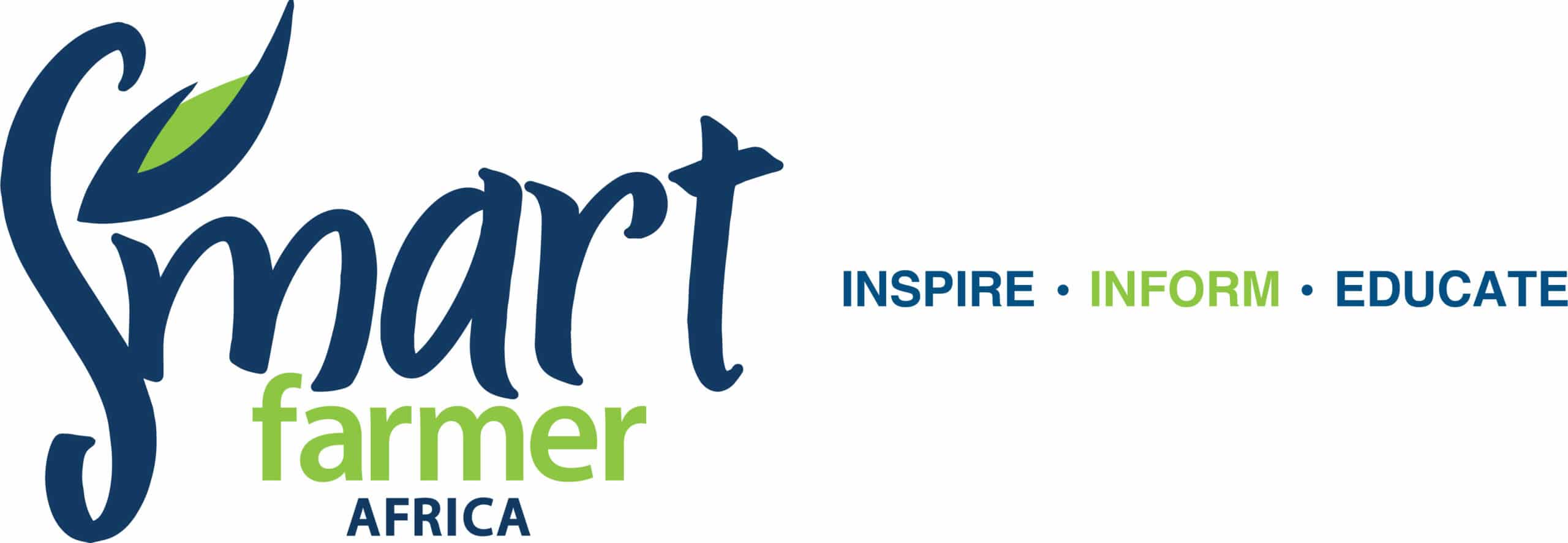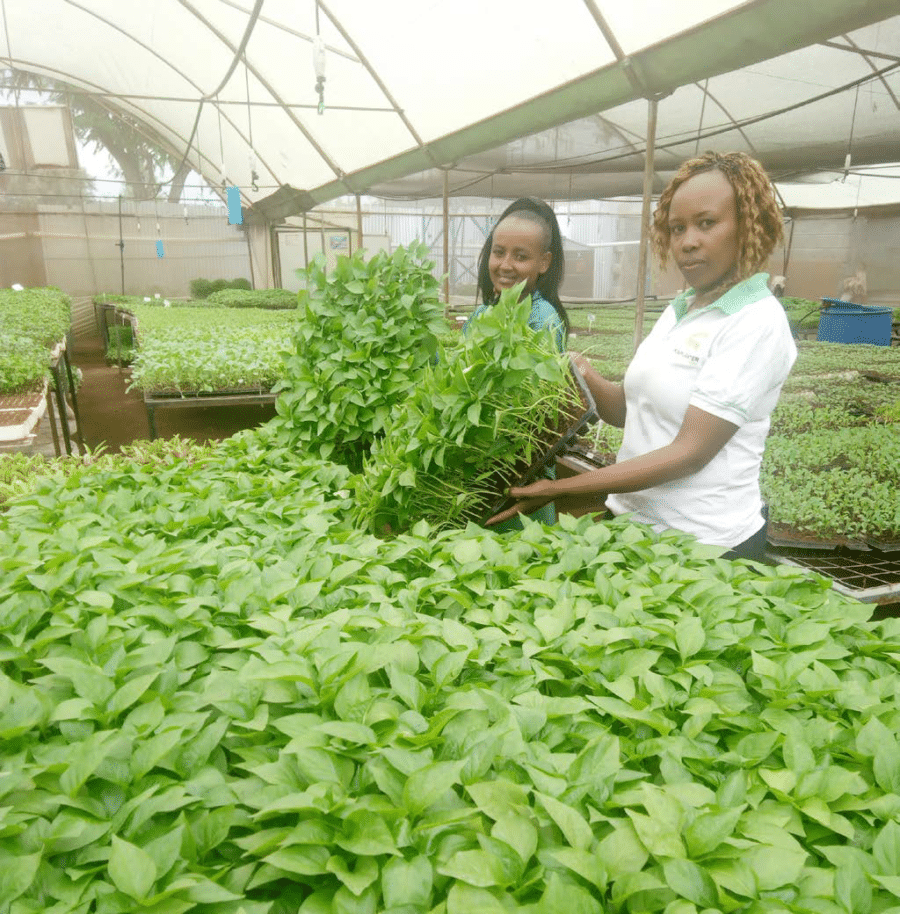Use seedling trays for better germination and returns
Fact File
Carolyne Mwangi was determined to make her 100 x 100 piece of land in Ruiru, Kimbo, in Kiambu County, more profitable.
“Despite being employed, I constantly felt the push to pursue a greater ambitions and in 2017, I decided it was time for me to get into self-employment,” says Ms Mwangi.
The move awakened her passion in agribusiness and unbeknown to her, would turn out to be the best way to change her fortunes.
Her Journey
She resigned, leased a quarter acre of land in Ruiru using her savings, and plunged into full-time crop farming.
She began growing passion fruits and vegetables, but despite her best efforts, her expansion was slow, hampered by the poor germination of seeds that she planted. Three years down the line, her rate of growth was not as she had earlier anticipated.
At about the same time, Ms Mwangi got a notice to vacate her plot immediately. The owner wanted to develop the land and she had no idea what her next move would be. Her father, upon seeing her predicament, offered her a quarter acre piece of family land that was under subsistence farming, and this saved her day.
Down but not out, she put up her greenhouse again and began growing passion fruits and vegetables. “I would plant in seedbeds on the ground only to lose a quarter of them. This frustrated me and slowed down my progress,” says Ms Mwangi.
While searching on the internet, she discovered that farmers in India were using seedling trays and achieving over 90 per cent germination. “This was a great discovery for me and I ordered one tray from Amiran Kenya for trial. After seeing the impressive results, I adopted the technology completely. We now use them to propagate all our seedlings and 1 have seen the difference,” she adds.
Improvement of seedling survival
Thanks to the trays, the survival rate of Ms Mwangi’s seedlings was almost 98 per cent, and they were strong and healthy, too. Her neighbours noticed her attractive seedlings and soon started buying from her.
“In 2014, I spotted a gap and established Kimplanter Seedlings & Nurseries, a seed raising business, on a 100×100 acre piece of land in Ruiru-Kimbo and began producing seedlings professionally.”
Today, she earns good returns and employs five workers. The investment provides for all her household expenses and pays her bills.
Seedling trays
Her modest greenhouse holds about 2,000 seedling trays, which lie on metallic stands. With each tray holding 200 seeds, she has about 400,000 seedlings growing at any given time. Ms Mwangi, also the MD for Kimplanter, notes that one should classify one’s target market when venturing into propagation via seedling trays, that is whether for greenhouse or open field farming.
“The best growth conditions for seedlings propagated in trays is in a controlled environment such as a greenhouse. This is due to the warmth, water, nutrients, careful seedling handling and pest-free environment synonymous with greenhouses,” she advises.
A variety of seeds do well in seedling trays. They include those for tomatoes, onions, pepper, lettuce and eggplant, capsicum, watermelon, courgettes, cabbages, spinach, kales, cauliflower, beetroot, mint, basil, rosemary, pawpaw, and indigenous Kenyan vegetables.
Below is a guideline for farmers on the type of seedlings, target market, consumer price for seedlings from seedling trays, duration in the trays, target market and expected profit to reap for each seed that is planted in a seedling tray.
Advantages of using seedling trays
-
Intensive care:
Seedlings receive better care and protection (from animals, weeds, and pests) in the nursery. At an early stage of development, most vegetable crops require special attention that is not possible in the main field.
-
Reduction of costs:
Fewer seeds are used for raising seedlings in the nursery than when sowed directly in the field where seedlings often have to be thinned to one, which is wasteful.
- When expensive hybrid seeds are used, transplants become more economically attractive.
- Costs of pesticides and labour are less compared to planting directly in the field. It also saves water, fertiliser, time and labour costs.
- Opportunity for selection. Raising seedlings in a nursery affords the grower an opportunity to select well-grown, vigorous, uniform and disease-free seedlings. A farmer is also able to control soil, moisture, fertility, and heat. Seeds from seedling trays have vigor and high chances of survival.
- Space is well used and each seedling has adequate space to germinate.
- Uniformity of seeds planted in seedling trays is present.
- Enhanced root development and less damage to seeds planted in seedling trays.
- Seedling trays extend a short growing season for late-maturing crops. Seedlings raised in a seedling tray are under a protected environment before conditions outside become suitable for growth and transplanted into the field when conditions allow, thus reducing the amount of time spent in the field.
- Forced vegetable production for an early market – generally prices of horticultural produce are attractive when production or supply is low. Vegetables can be grown ‘out-of-season’ in seedling trays when conditions are not yet favorable. Such crops will thus mature earlier after transplanting and hence stand to fetch a higher price in the market.
- Seedling trays made of recyclable materials like wood and paper save on energy and help in waste management.
- Seeds planted in seedling trays have a germination rate of 90 per cent and 99 per cent chance of survival.


